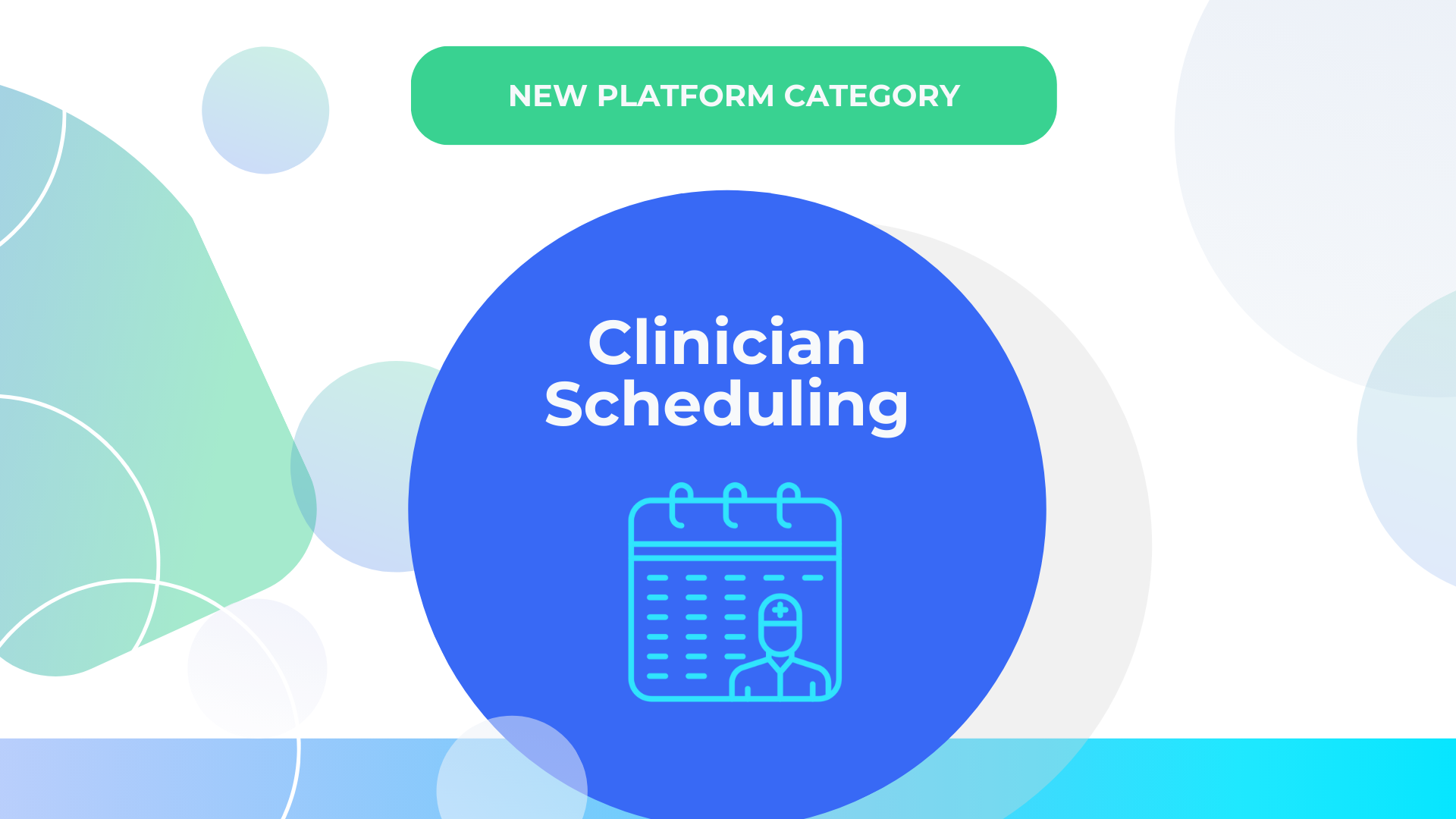Panda Health is excited to announce the addition of our newest category, Clinician Scheduling.
What is Clinician Scheduling?
Clinician scheduling software has revolutionized the way healthcare providers manage their resources. These tools use sophisticated algorithms to optimize clinician capacity, ensuring patients receive the care they need from the right clinician. This technology provides transparency into resource allocation, allowing departments and enterprises to manage their resources effectively. Clinician scheduling software offers static and on-call scheduling, making it useful in acute and ambulatory settings. This technology allows clinicians to adjust their schedules as needed, providing flexibility, and improving patient outcomes.
How does Clinician Scheduling benefit hospitals and health systems?
Clinician scheduling software is a rapidly growing market, estimated to be worth $738 million by 2027[1]. As the healthcare industry evolves, clinician scheduling software will be increasingly vital in improving patient outcomes and streamlining operations. Overall, clinician scheduling software is valuable for healthcare providers looking to streamline their operations and provide better patient care.
Additional benefits for healthcare providers include:
- Shift management
- Clinician preferences
- On-call scheduling
- Dashboard customizations
- Reporting and analytics
How is Clinician Scheduling related to Patient Scheduling?
Clinician scheduling software and patient scheduling software serve distinct but complimentary roles in the healthcare ecosystem. Clinician scheduling software and tools are primarily designed for healthcare professionals and administrators, enabling them to efficiently manage the schedules and appointments of doctors, nurses, and other staff. These tools include features such as appointment booking, resource allocation, and staff coordination to optimize the healthcare facility’s operational efficiency. On the other hand, patient scheduling tools are geared towards patients and enable them to book appointments, access medical records, and receive appointment reminders. It empowers patients with greater control over their healthcare journeys and promotes accessibility. While clinician scheduling tools focus on streamlining the internal workings of healthcare organizations, patient scheduling tools prioritize the patient experience and convenience, ultimately contributing to improved patient engagement and satisfaction.
[1] Source: https://www.marketdataforecast.com/market-reports/medical-scheduling-software-market
